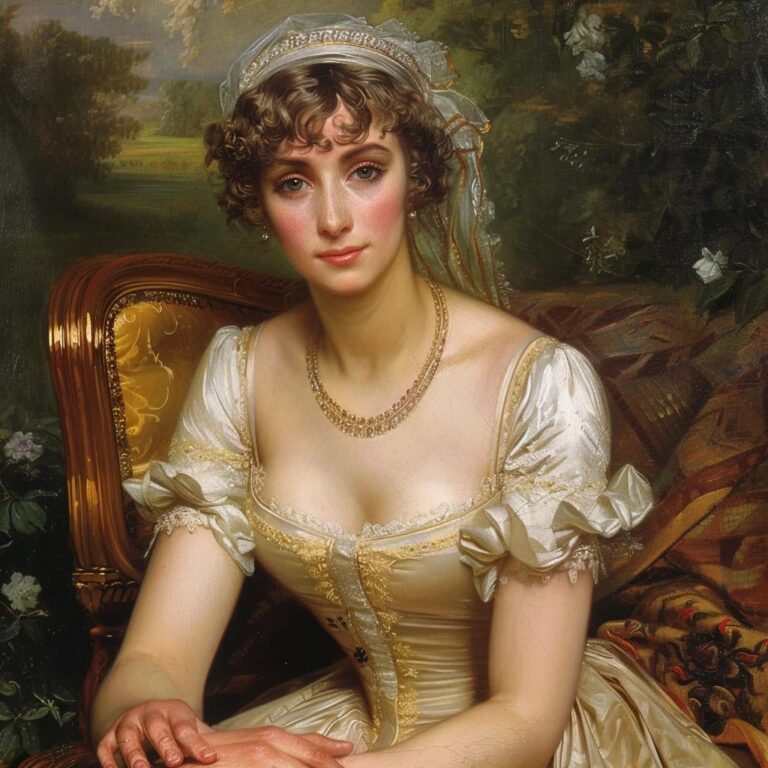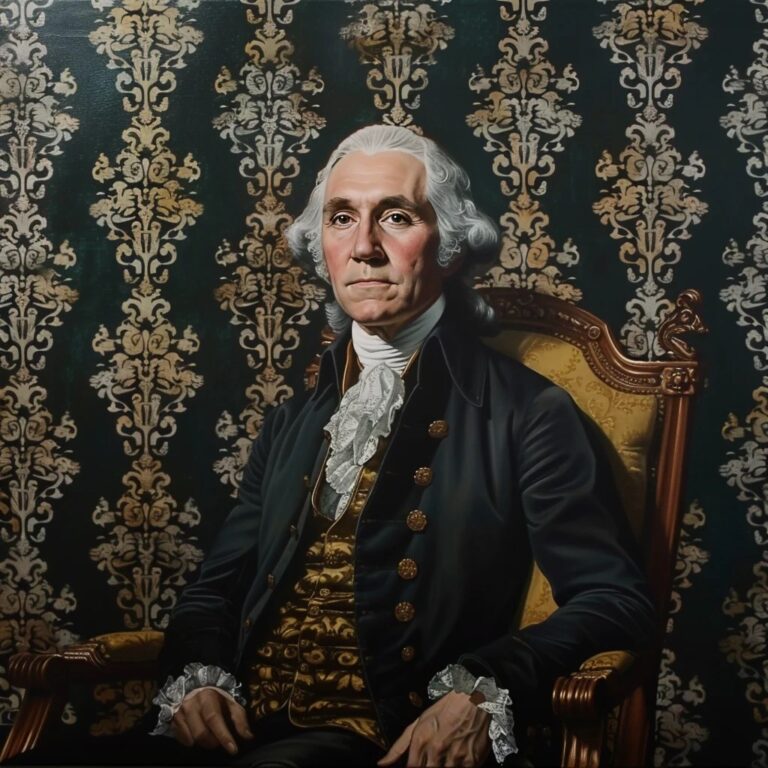Jane Austen was born on December 16, 1775, in Steventon, Hampshire, England.
She published six major novels: 'Sense and Sensibility,' 'Pride and Prejudice,' 'Mansfield Park,' 'Emma,' 'Northanger Abbey,' and 'Persuasion.'
Austen's novels primarily explore the lives of women in the early 19th century and focus on themes of love, marriage, and social class.
She wrote under the pseudonym 'A Lady' to maintain her anonymity.
Austen began writing as a teenager, and her family provided her with support and encouragement.
Her novels were published in a very specific order: 'Sense and Sensibility' (1811), 'Pride and Prejudice' (1813), 'Mansfield Park' (1814), 'Emma' (1815), 'Northanger Abbey' and 'Persuasion' (both published posthumously in 1817).
'Pride and Prejudice' is often regarded as her most famous and beloved work.
Austen never married, though she did receive and reject a marriage proposal from Harris Bigg-Wither in 1802.
Her works were not widely recognized during her lifetime, but they have since become literary classics.
Austen's novels have been adapted into numerous films, television series, and stage productions.
She had a close relationship with her sister, Cassandra, who remained her confidante throughout her life.
Austen's writing is known for its biting irony, wit, and realism.
Her unfinished novels, 'Sanditon' and 'The Watsons,' provide insight into her evolving literary style and themes.
Austen's health declined in 1816, and she died on July 18, 1817, at the age of 41, likely from Addison's disease.
She is buried in Winchester Cathedral, and her legacy continues to influence and inspire writers and readers around the world.


